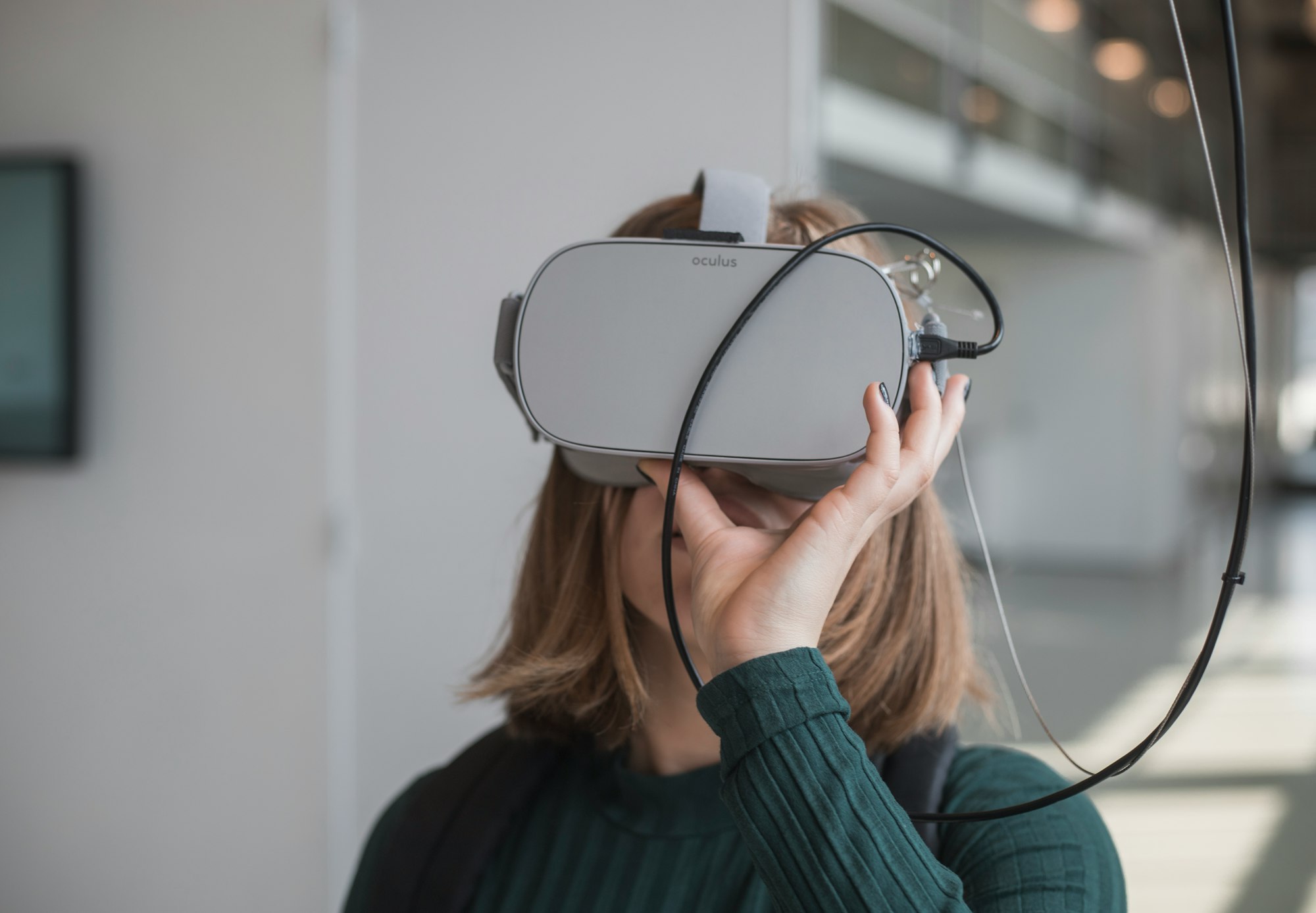How to Become an Extended Reality (XR) Experience Designer
Crafting immersive digital experiences goes beyond screens—XR design is about reshaping how users move, interact, and engage with virtual spaces in ways never seen before.

Extended Reality (XR) is transforming how people interact with technology, merging physical and digital worlds through augmented reality (AR), virtual reality (VR), and mixed reality (MR).
With companies like Meta, Apple, and Google pushing forward in XR innovations, the demand for XR Experience Designers is on the rise. But how do you become one? Here’s a detailed guide to launching your career in XR design.
Who Is an XR Experience Designer?
An XR Experience Designer is responsible for creating immersive and interactive 3D experiences in AR, VR, and MR environments. They design how users navigate virtual spaces, interact with virtual objects, and engage with digital content in a way that feels natural and intuitive.
Unlike traditional UX/UI design, XR design requires an understanding of spatial navigation, physical interaction, and sensory engagement. It’s not just about what users see on a screen—it’s about how they move through digital spaces and interact with virtual elements.

How Much Does an XR Experience Designer Earn?
The average salary for an XR Experience Designer varies depending on the region, company size, and level of expertise. Per Glassdoor, in the U.S., the average salary ranges from $69,000 to $110,000 annually, while in India, XR designers can earn between ₹400,000 ($4,616) to ₹700,000 ($8,078) per year.
As the XR industry grows, salaries will likely continue to rise, especially for those with a strong portfolio and specialized skills.
Role of an XR Experience Designer
XR Experience Designers play a pivotal role in shaping the future of digital interactions. Their responsibilities include:
- User research: Understanding user behavior and needs in virtual spaces.
- Prototyping: Building interactive prototypes to test XR interactions.
- 3D design: Creating virtual environments and objects.
- Interaction design: Defining how users interact with virtual elements.
- Collaboration: Working closely with developers, 3D artists, and product teams to deliver immersive experiences.






